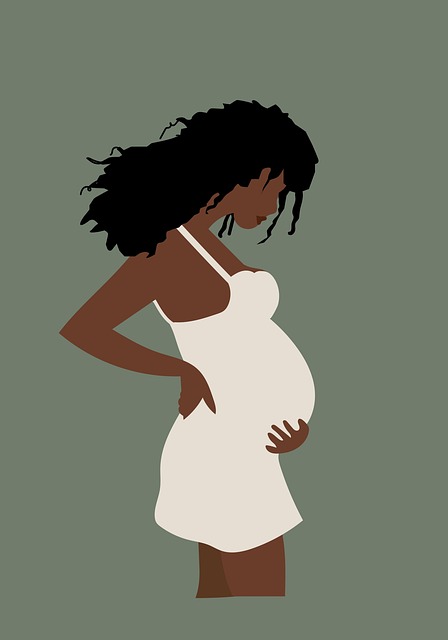Hey there! If you’re navigating the tricky waters of infertility, you might be dealing with endometriosis without even knowing it. It’s a condition that can throw a wrench in your plans to start a family, and we want to help you understand it better.
What is Endometriosis?
So, what exactly is endometriosis? Essentially, it’s when the tissue that usually lines the inside of your uterus starts growing outside of it. This tissue thickens and breaks down during your menstrual cycle, just like the endometrial lining does, but without a way to exit your body. Instead, these endometrial cells can end up on your ovaries or other pelvic structures, which can lead to a whole host of problems.
Symptoms to Watch For
If you’re experiencing endometriosis, you might find yourself dealing with pain in your lower abdomen or during intercourse, heavy menstrual bleeding, fatigue, bloating, and of course, infertility. It can feel overwhelming, especially when you’re trying to conceive.
How Common is It?
Endometriosis isn’t something everyone experiences; it affects about 6% to 10% of women. Even though those numbers might seem low, our team understands how significant this can be for you and your family.
What Causes Endometriosis?
One possible cause is retrograde menstruation, which happens when menstrual blood flows backward into the pelvic area instead of leaving the body. This blood can carry endometrial cells that then attach to other organs, causing growth and complications.
Treatment Options
While there’s currently no cure for endometriosis, there are ways to manage the symptoms. Doctors often recommend pain relievers and hormone therapy as first-line treatments. If those don’t work, surgical options are available to remove endometrial growths. In some cases, a hysterectomy might be considered as a last resort.
Addressing Infertility
If endometriosis is impacting your ability to get pregnant, don’t lose hope! There are various fertility treatments to explore, including IVF, egg donation, and using surrogate carriers. During your visit, we’ll discuss the best options tailored to your needs. For more insights on creating your family, check out this blog post on packing your hospital bag for a friendly guide.
If you’re interested in home insemination, you might want to check out the BabyMaker at Home Insemination Kit; it’s a great resource for those looking to take control of their fertility journey. Additionally, for more information on pregnancy and home insemination, the CDC offers excellent resources that can provide further guidance.
In Summary
Endometriosis can be a significant factor when it comes to infertility, but understanding the condition and exploring treatment options can make a world of difference. Remember, you’re not alone in this journey, and there are many paths to parenthood available.

